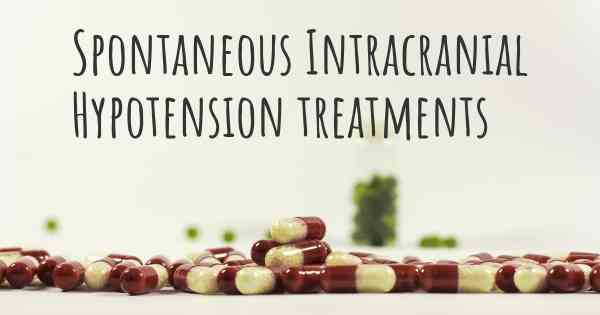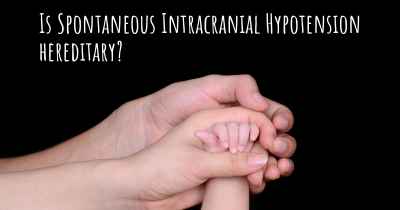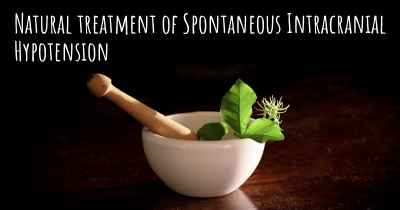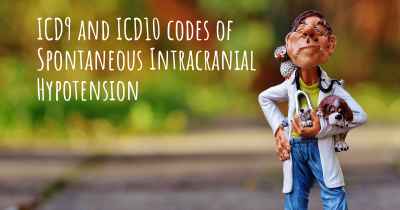What are the best treatments for Spontaneous Intracranial Hypotension?
See the best treatments for Spontaneous Intracranial Hypotension here

Best Treatments for Spontaneous Intracranial Hypotension
Spontaneous Intracranial Hypotension (SIH) is a condition characterized by low cerebrospinal fluid (CSF) pressure in the brain, leading to various symptoms such as severe headaches, neck pain, and dizziness. It is essential to promptly diagnose and treat SIH to alleviate symptoms and prevent potential complications.
1. Conservative Management:
Initially, conservative management is often recommended for individuals with mild symptoms of SIH. This approach involves bed rest, increased fluid intake, and caffeine consumption. These measures aim to increase CSF volume and pressure naturally. While conservative management may provide relief for some patients, it may not be sufficient for those with more severe symptoms.
2. Epidural Blood Patch (EBP):
One of the most effective treatments for SIH is an epidural blood patch (EBP). This procedure involves injecting the patient's own blood into the epidural space of the spine, which helps seal any CSF leaks and restore normal pressure. The blood clot formed from the injected blood acts as a sealant, preventing further leakage. EBP has a high success rate and can provide immediate relief from symptoms in many cases.
3. Targeted Epidural Blood Patch:
In cases where the exact location of the CSF leak is known, a targeted epidural blood patch can be performed. This procedure involves injecting the blood patch directly at the site of the leak, increasing the chances of successful sealing and symptom relief.
4. Surgical Interventions:
If conservative management and EBP do not provide sufficient relief, surgical interventions may be considered. These procedures aim to identify and repair the CSF leak directly. Surgical options include:
- Dural Repair: In this procedure, the surgeon identifies the site of the CSF leak and repairs it using sutures or tissue grafts.
- Endoscopic Surgery: Endoscopic techniques involve using a small camera to visualize the spinal canal and identify the CSF leak. The surgeon can then repair the leak using various methods, such as applying sealants or placing patches.
5. Medications:
Medications can be used to manage symptoms associated with SIH. Nonsteroidal anti-inflammatory drugs (NSAIDs) and analgesics may help alleviate headaches and neck pain. However, it is important to note that medications alone do not treat the underlying cause of SIH and are typically used in conjunction with other treatments.
6. Physical Therapy:
Physical therapy can be beneficial for individuals with SIH, especially for those experiencing neck pain and stiffness. A physical therapist can provide exercises and techniques to improve range of motion, strengthen muscles, and reduce discomfort.
Conclusion:
Spontaneous Intracranial Hypotension requires appropriate treatment to relieve symptoms and prevent complications. While conservative management, epidural blood patches, and targeted interventions are effective for many patients, surgical options and medications may be necessary in more severe cases. It is crucial to consult with a healthcare professional to determine the most suitable treatment plan based on individual circumstances.








